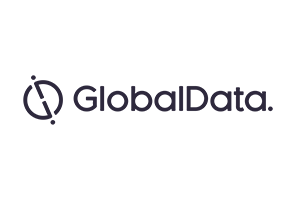Real world data of the CardioMEMS pulmonary arterial pressure (PAP) monitoring device showed that not only does it reduce hospitalisations for heart failure (HF), but also reduces the costs associated with HF. The data presented at the American College of Cardiology’s Featured Clinical Research session support the argument that monitoring patients significantly improves outcomes and reduces the financial burden of HF. Despite this, researchers and clinicians are still struggling to encourage widespread adoption of the device due to the cost of implantation and time-intensive monitoring that is required.
Hospitalisations for HF place a significant financial burden on healthcare systems, and from the patient’s perspective, they have a serious detrimental impact on prognosis. Majority of hospitalisations are due to congestive exacerbations driven by progressive rises in intracardiac filling pressures, which can begin to increase weeks before the patient is hospitalised. Through monitoring of patients using the CardioMEMS device, these steady increases in filling pressure can be identified at an earlier stage, enabling healthcare providers to intervene, typically by adjusting oral diuretic doses, ultimately preventing hospitalisation.
By investigating the efficacy and effectiveness of the CardioMEMS device in a broader, more general patient population, researchers hoped to answer some of the questions that were raised from the pivotal Phase 3 CHAMPION study, which was used to gain FDA approval of the device.
In this retrospective study of 1114 Medicare patients, data was taken six months before and after device implantation, focusing on the total number of HF hospitalisations. Six months post implant, cumulative HF hospitalisations were reduced by 45% compared to the six months prior to implantation. This significantly positive result continued through to 12 months post implantation in the subset of patients with available data. Importantly, as well as reducing hospitalisations, reductions in healthcare utilisation was also observed. Researchers estimated cost savings of $13,190 at one year post implant, translating to a breakeven point of approximately two years.
Data from this study conclusively demonstrate the effectiveness of PAP monitoring at reducing HF hospitalisations and the associated costs. However, a key barrier that has limited uptake is the time-intensive nature of monitoring. Despite this, it’s clear that for certain patient subgroups it is definitely worth the financial and time investment associated with initial implantation and subsequent monitoring.
See Also:
How well do you really know your competitors?
Access the most comprehensive Company Profiles on the market, powered by GlobalData. Save hours of research. Gain competitive edge.

Thank you!
Your download email will arrive shortly
Not ready to buy yet? Download a free sample
We are confident about the unique quality of our Company Profiles. However, we want you to make the most beneficial decision for your business, so we offer a free sample that you can download by submitting the below form
By GlobalData








Related Company Profiles
Medicare Corp.
P.A.P A/S
CardioMEMS LLC